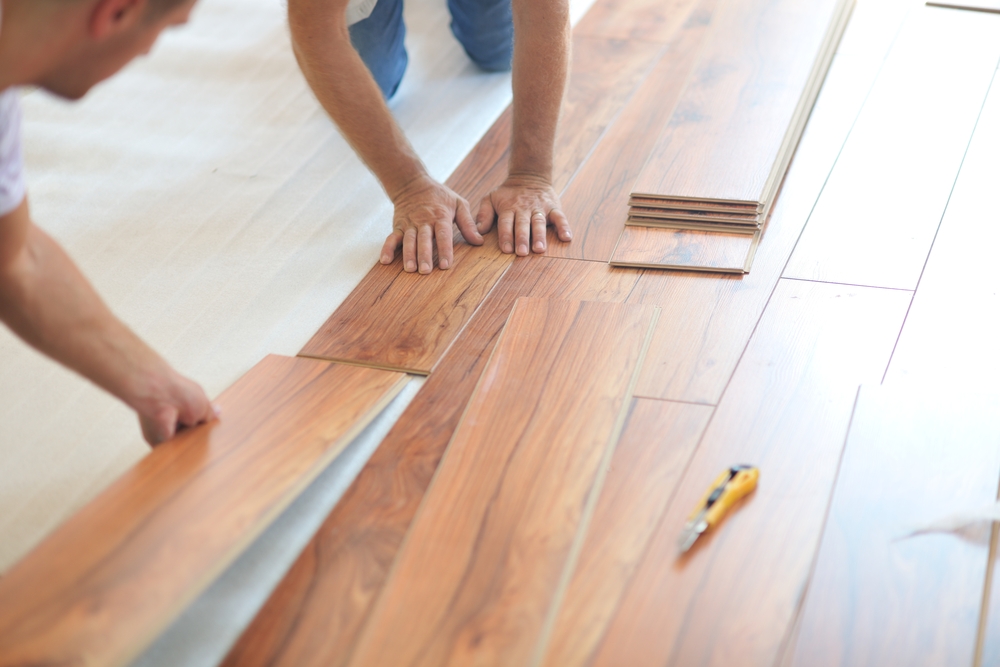Choosing flooring for your home could easily be deemed as one of the most challenging interior design decisions. Yes, style and aesthetic appeal are ever-important; flooring is the stage that spurs the design of the entire house. But, even further, longevity, cost, maintenance levels, and comfort also have to be considered.
Hardwood Flooring
Traditional, resilient, and natural, wood flooring is easily one of the most popular home flooring options. Whether outfitting a rustic home or creating a minimalistic look, hardwood really flows well. It can be light and inconspicuous or boldly dark and dramatic and just about every interior design theme in between. Hardwood makes sense in almost every room in the home except high-moisture areas like bathrooms or laundry or mudroom.
Pros:
- Has an excellent ROI if you decide to sell, as 54% of buyers will pay more for it
- Versatile where style and design are concerned
- Durable; hardwood flooring can last as long as 100 years due to refinishing capabilities
Cons:
- Requires more maintenance over the long-term and care when cleaning
- Not resilient to moisture or moist environments
- More costly to install than vinyl, laminate, or carpet
Vinyl Flooring
Vinyl flooring was first manufactured in 1933 and is still a popular home flooring option across just about every home style. Vinyl is perhaps one of the most versatile flooring options purely based on the myriad of design options. Vinyl can be a solid sheet, planks (strips), or tiles, and colors and patterns are found in everything from mimicked stone to plaid. Vinyl, traditionally, finds its way into kitchens, laundry areas, entryways, and bathrooms, but works well in a basement, garage, home office, and other areas.
Pros:
- Vinyl is one of the least expensive flooring options at between $2 and $8 per square foot
- Works well in most rooms in the house
- Can offer a high-end appearance without the high-end cost
- Resilient to moisture and heavy foot traffic
Cons:
- Has a shorter lifespan than wood or tile at 10 to 25 years
- Can be easier to scar and scratch
- Doesn’t do much for home value
Tile Flooring
Tile flooring, whether ceramic, natural stone like marble, or porcelain, is one of the most upscale home flooring choices. It has specific draws for interior designers because it can be so good at setting the stage for certain themes or ideas. For example, something like sage and white ceramic tile in a kitchen can totally set up the space for a Bohemian look, and granite tile in a bathroom can make the room look distinguished and modern. Tile can work in just about any room, but it tends to make its way into bathrooms, kitchens, and laundry areas.
Pros:
- Life spans among tile can vary depending on the material, but high-quality ceramic could easily last 75 to 100 years
- Tile offers a more distinguished, luxury look than vinyl or wood
- Highly design versatile and works in different rooms
- Moisture resilient
Cons:
- Can be more expensive to have installed than vinyl or hardwood due to time involved
- Often harder to maintain than vinyl or wood due to grout treatments
- Non-textured tile can be slippery
Work with an Interior Designer for the Best Home Flooring Options
The flooring you choose for your home can make or break a design theme, and these are choices you have to live with and work your interior design around for a lot of years. To make sure you make the best decision, it is always a good idea to work with an interior designer.

